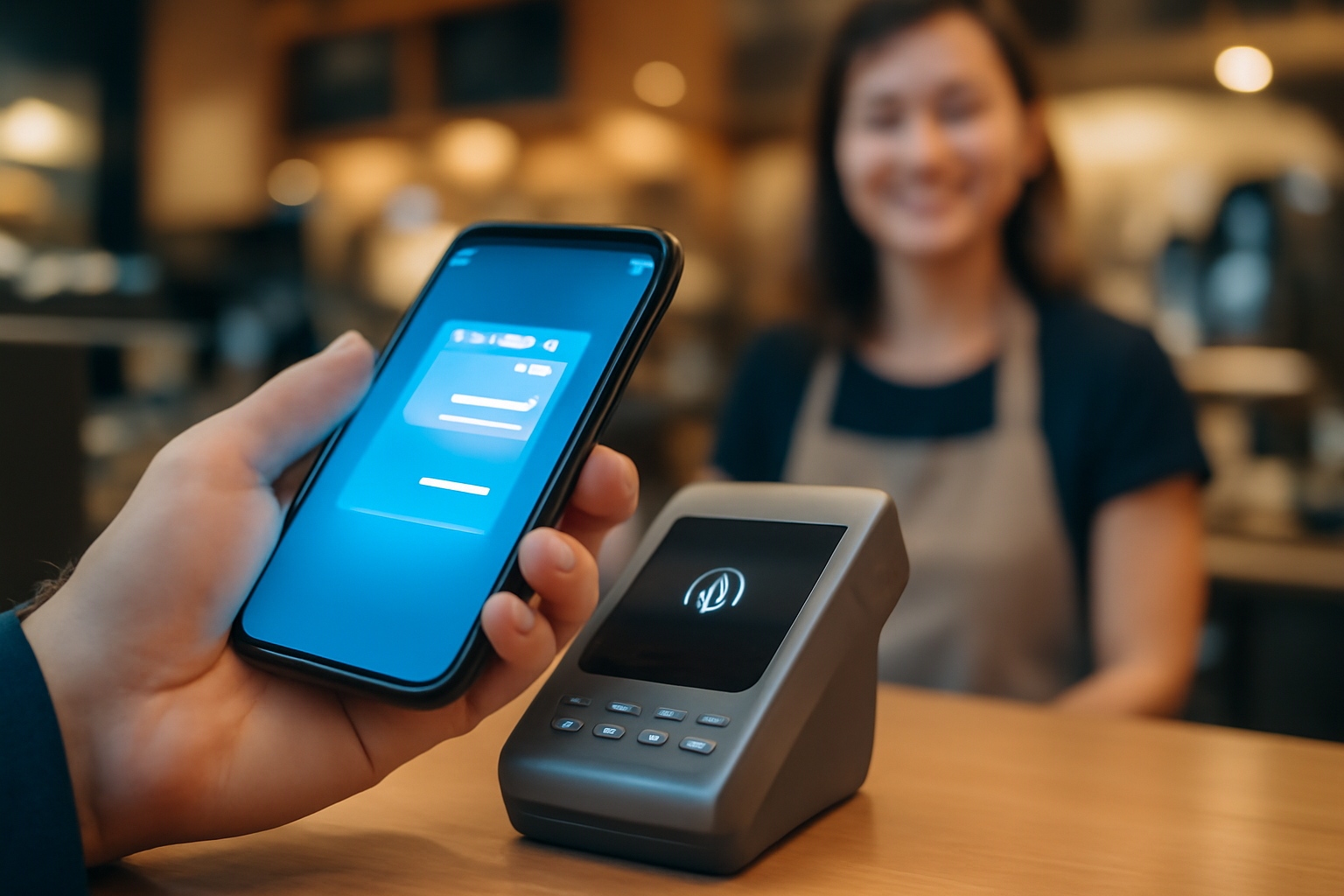What is Apple Pay? A Complete Guide to Apple’s Secure Payment System in 2025
In today’s fast-paced digital world, convenience and security are key when it comes to managing payments. Apple Pay has become one of the most popular mobile payment solutions globally, revolutionizing how millions of people shop, pay bills, and transfer money. But what exactly is Apple Pay, how does it work, and why does it matter in 2025? This article explores everything you need to know about Apple Pay, from its functionality to its benefits in the modern payment landscape.
What is Apple Pay?
Apple Pay is a contactless payment system developed by Apple Inc. that allows users to make secure payments using their Apple devices—including iPhone, Apple Watch, iPad, and Mac. Launched in 2014, Apple Pay has steadily grown in adoption, offering a fast and secure alternative to traditional credit cards and cash.
Users can add their credit or debit cards to the Wallet app on their device and then make payments with a simple tap or glance, eliminating the need to physically carry cards or cash. Apple Pay works with most major banks and card issuers worldwide, making it a versatile payment option.
How Does Apple Pay Work?
At its core, Apple Pay uses a combination of Near Field Communication (NFC) technology and robust security features to process transactions:
- Tokenization: When you add a card to Apple Pay, the actual card number is never stored on your device or Apple servers. Instead, a unique Device Account Number (token) is generated and encrypted.
- Authentication: To authorize a payment, Apple Pay requires biometric authentication—either Face ID, Touch ID, or your device passcode—ensuring you are the one making the purchase.
- Secure Element: This is a dedicated chip in your device that safely stores your tokenized card information and handles payment processing without exposing your real card details.
- Contactless Payments: When you hold your device near an NFC-enabled terminal, Apple Pay transmits the tokenized data to complete the purchase instantly.
Because your actual card information is never shared with merchants, Apple Pay adds an extra layer of privacy and protection against fraud.
How to Use Apple Pay in 2025
Using Apple Pay today remains straightforward and user-friendly, thanks to Apple’s intuitive design:
- Set up Apple Pay: Open the Wallet app on your iPhone or Apple Watch, tap the “+” icon, and follow the prompts to add your credit or debit card. Verification with your bank or card issuer may be required.
- Make In-Store Payments: At checkout, simply hold your iPhone or Apple Watch near the payment terminal. Authenticate with Face ID, Touch ID, or your passcode, and the payment will be processed.
- Make Online or In-App Payments: When shopping on Safari or using apps that support Apple Pay, select Apple Pay as your payment method and authenticate as usual.
- Send and Receive Money: Apple Pay also integrates with Apple Cash, allowing you to send money to friends or family instantly through Messages.
Apple Pay is widely accepted at millions of retail locations worldwide, as well as across thousands of apps and websites, making it a versatile payment method whether you’re shopping in person or online.
Why Does Apple Pay Matter in 2025?
As we move further into a cashless society, Apple Pay’s role continues to expand and evolve. Here are a few reasons why Apple Pay remains important in 2025:
- Enhanced Security: With rising concerns over data breaches and credit card fraud, Apple Pay’s tokenization and biometric authentication offer superior protection compared to traditional payment methods.
- Privacy Focused: Apple does not track your transactions or share your purchase history, helping maintain your privacy in an increasingly data-driven world.
- Contactless Convenience: Especially post-pandemic, contactless payments have become preferred for hygiene and speed. Apple Pay lets you pay quickly without touching physical terminals or handling cash.
- Integration with Apple Ecosystem: Apple Pay works seamlessly across all your Apple devices, making it easy to pay whether you’re using your iPhone, Apple Watch, or MacBook.
- Global Acceptance: With continuous expansion in supported banks, cards, and merchants, Apple Pay is useful for travelers and shoppers worldwide.
- Support for Public Transit and Loyalty Programs: Many cities and retailers now support Apple Pay for transit fares and loyalty rewards, making it a one-stop payment solution.
Final Thoughts
Apple Pay represents the future of secure, convenient payments. Its blend of advanced technology, privacy protection, and user-friendly design makes it an ideal choice for millions of users in 2025. Whether you are new to mobile payments or looking to optimize your digital wallet, Apple Pay offers a reliable and seamless way to manage your money safely.
If you want to learn more about Apple Pay and its latest features, you can visit Apple’s official Apple Pay page for detailed guides and support.
Embrace the future of payments with Apple Pay—your wallet, reimagined.

Leave a Reply